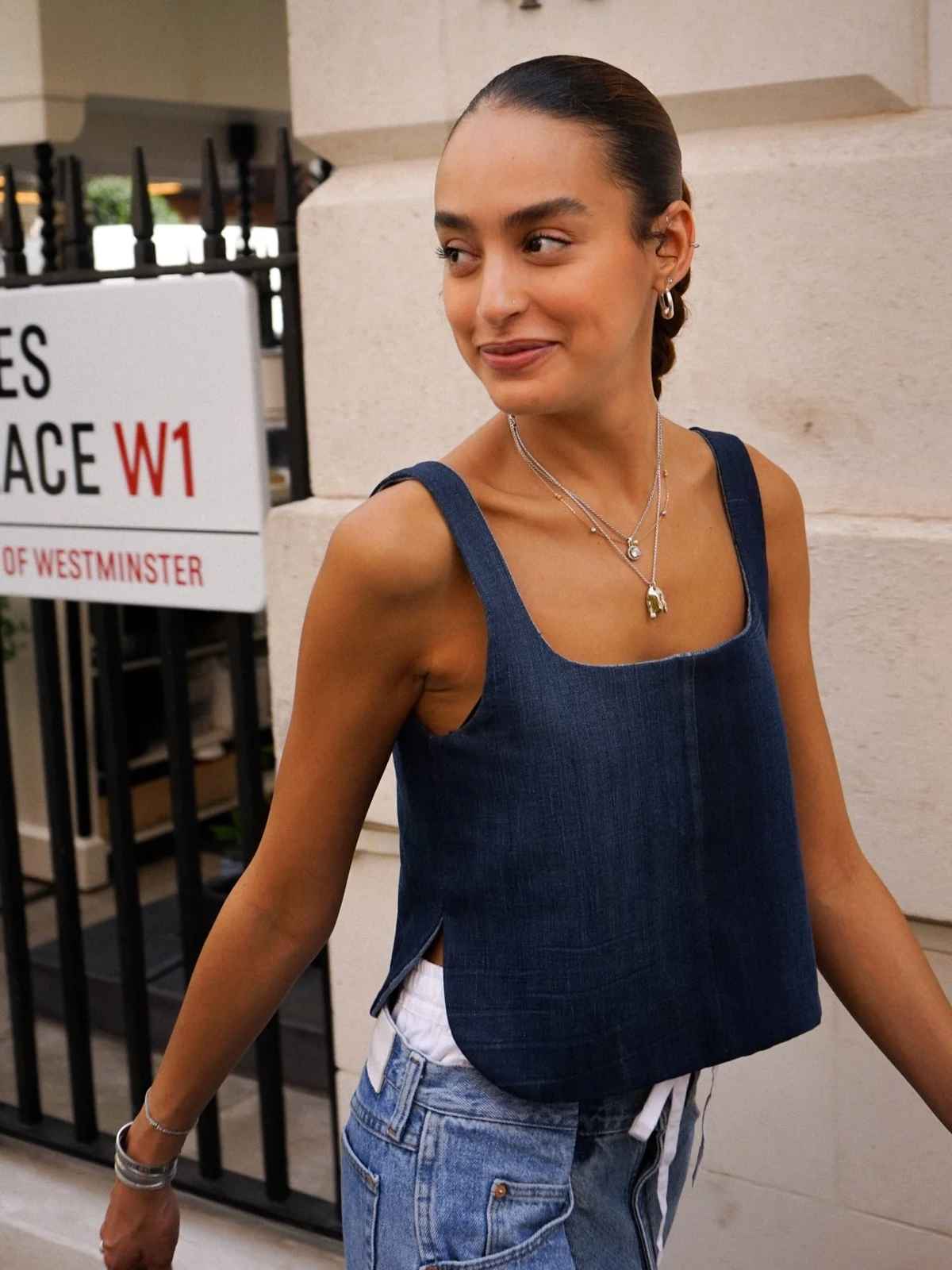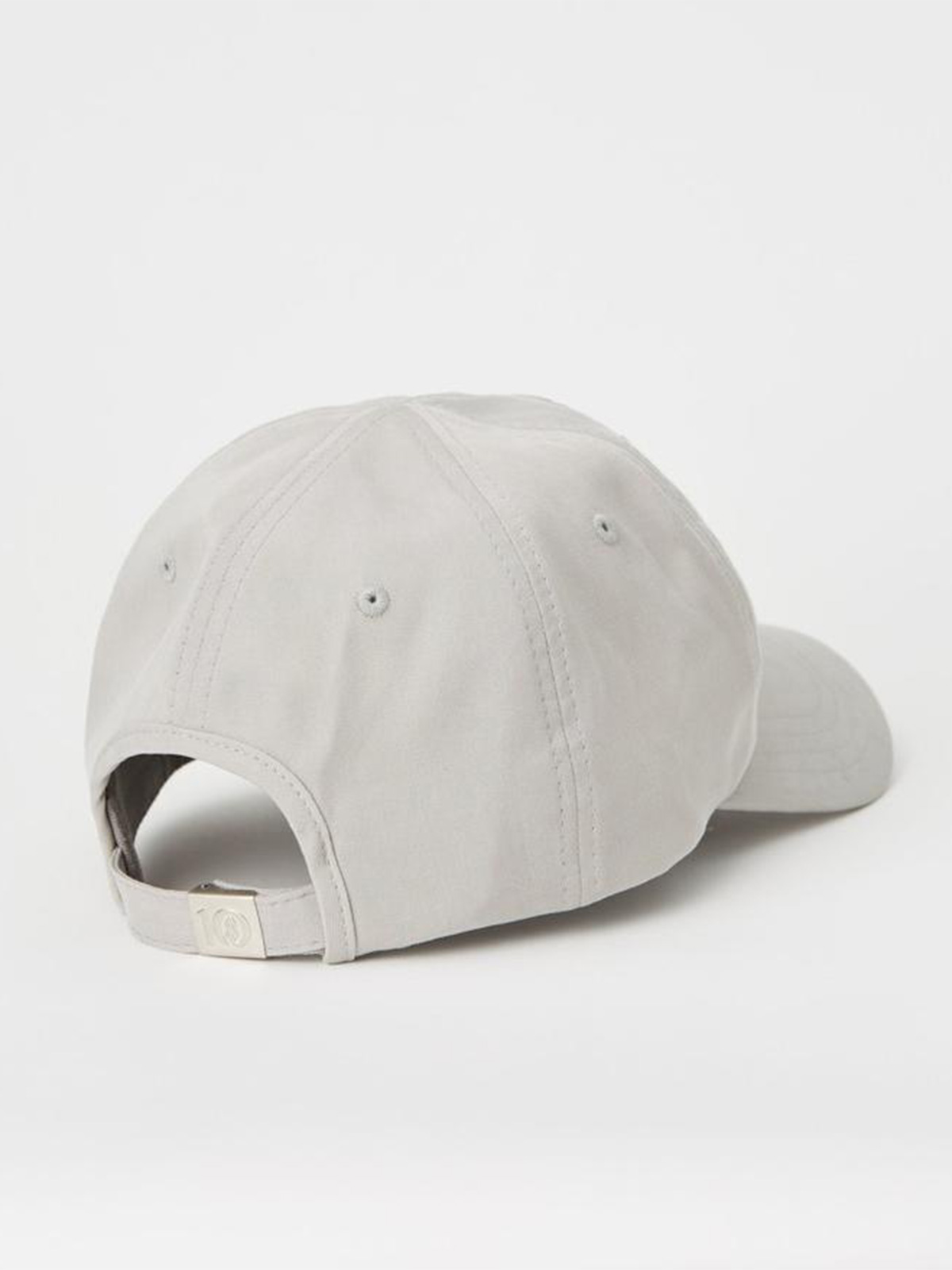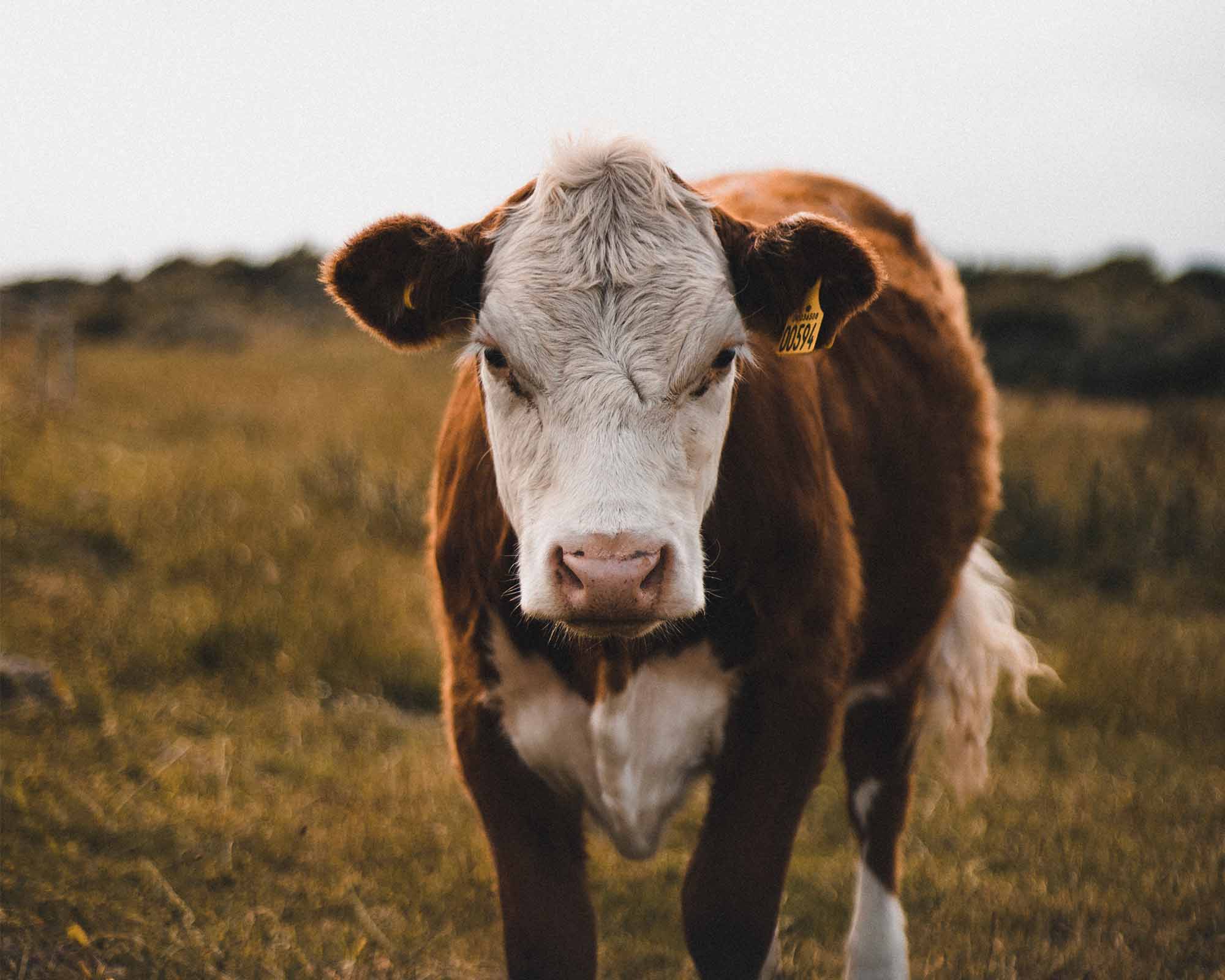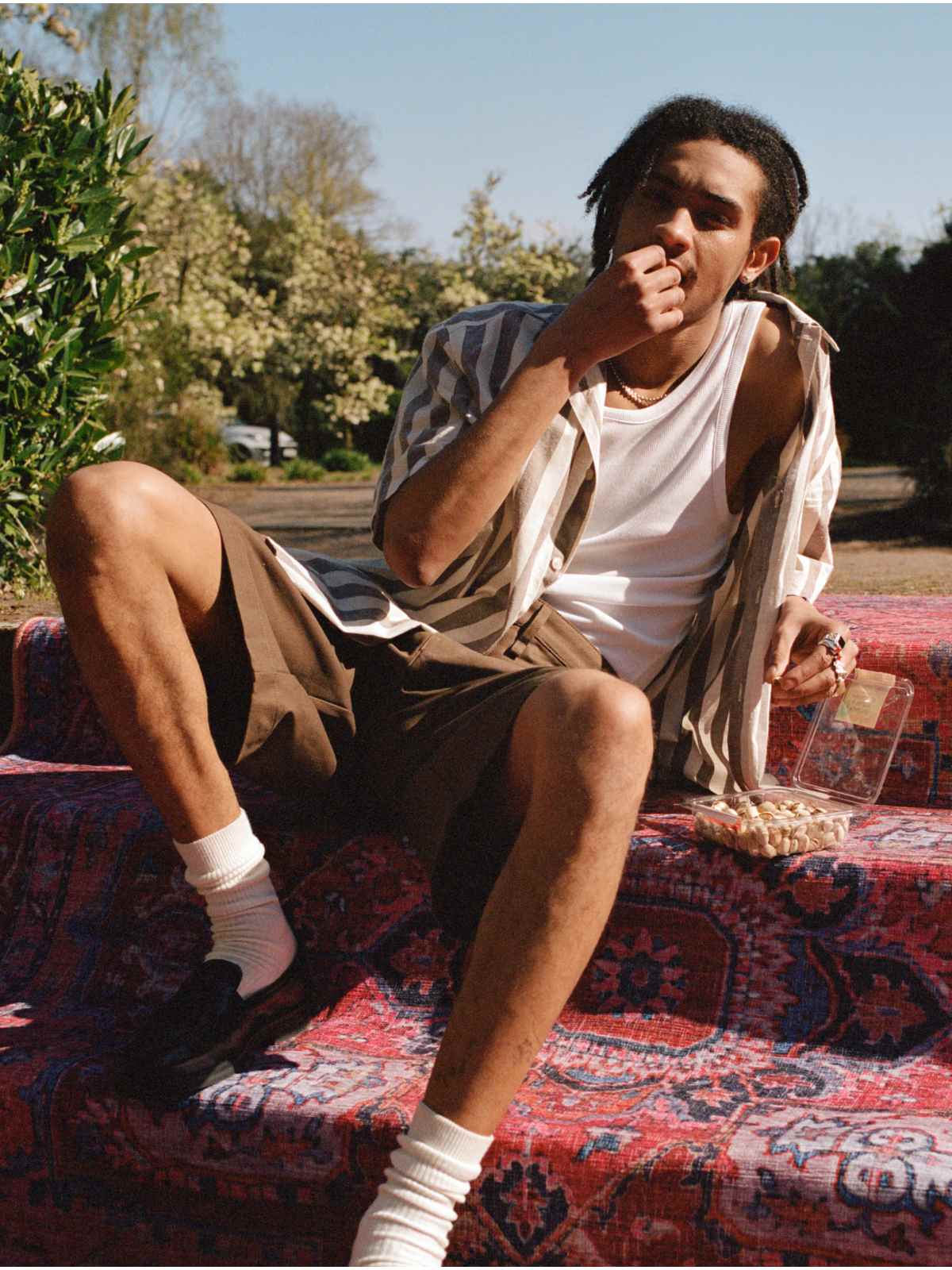Our editors curate highly rated brands that are first assessed by our rigorous ratings system. Buying through our links may earn us a commission—supporting the work we do. Learn more.
Animal welfare may not be the first thing you consider when it comes to fashion. But if you love our furry, feathery, and scaly friends as much as we do, then there are a few things you should know before you shop.
Matching your outfit to your values
Picture this: you’re standing in front of the mirror in your silk nightie and lambskin ugg boots, putting together an outfit for the day ahead. Do you wear the beige suede skirt with the grey cashmere sweater? With the black leather ankle boots and matching leather tote? Is it cold enough for a coat? Do you pick the trench with the fur trim or the woollen pea coat?
While it’s no secret these materials come off the backs of sentient beings, this fact can be lost in clever marketing devices and the appeal of the finished product. At Good On You, we rate brands based on their treatment of animals as one of the three key pillars of people, the planet, and animals. We identify the use of fur, angora, down feather, shearling, Karakul, and exotic animal skin and hair. We also consider wool use, including “mulesing” and whether and how the brand uses leather. A brand can only achieve a “Great” score for animals if it is entirely vegan.
Let’s take a look at some of the critical issues concerning animal welfare in the fashion industry so you can match your outfit to your values. And while this article focuses on animal welfare, be sure to check out each material’s guide to see its impact on the planet and people, too, so you can make your own informed decision when you shop.
Leather
Leather has long been a staple in our wardrobes. However, we often overlook the animals whose skins become our jackets and shoes. Every year large numbers of animals, including cattle, pigs, goats, sheep, crocodiles, snakes, stingrays, seals, emus, kangaroos, horses and more, are killed for their skins. Many of these animals are factory farmed, which can involve extreme crowding and confinement, deprivation, and painful treatment at the hands of workers. Not to mention the impact working in the animal supply chain has on humans, too.
The majority of the world’s leather comes from India and China, both of which lack animal welfare legislation. However, even in nations such as Australia, animals raised for leather do not have the same legal protection as pets, meaning they are often subject to painful procedures and even abuse. Contrary to popular belief, leather is a profitable resource, not simply a by-product of the meat industry.
What are some more ethical alternatives?
- Buy second hand or recycled leather. Hit up your nearest charity shop or vintage markets to find some sweet second hand threads. Not only is vintage leather likely to be of higher quality than fast fashion leather products, buying second hand is a great way to minimise your carbon footprint.
- Buy vegan leather. Just keep in mind that not all vegan leather is created equally. Much vegan leather, or “pleather”, is made from Polyvinyl Chloride (PVC) plastic, which Greenpeace lists as one of the most environmentally damaging plastics. PU, while still plastic-based, has a lower environmental footprint than some animal leathers. Plant-based materials like Pinatex (made from pineapple leaf fibres), while still in the early stages of development, could be game-changers when it comes to lower-impact vegan leather alternatives. For now, check out these more ethical and sustainable vegan fashion brands.
Here’s our in-depth guide on what to look out for when deciding whether to purchase leather products
Wool
Wool is considered a winter wardrobe staple, but it isn’t always produced under good conditions. There are several concerns regarding animal welfare in the wool industry, including pain and discomfort caused to the sheep by their handling and living conditions. PETA has revealed instances of mistreatment of sheep in Australia (which produces much of the world’s merino wool). Many Australian sheep undergo a painful and largely ineffective procedure called mulesing, in which flesh is cut from the animal’s buttocks, often without anaesthetic. This procedure is used to prevent flystrike, which is a common problem in the hot Australian climate.
What are some more alternatives?
- Buy second hand wool. There’s no shortage of cute vintage sweaters and woollen coats in charity shops and vintage boutiques. With the proper care, quality woollen coats will last decades.
- Buy wool alternatives. Materials such as certified organic cotton, hemp, linen, and some certified cellulosic fibres like TENCEL Lyocell are gentler on the environment and 100% cruelty-free.
- Buy from brands that use non-mulesed or recycled wool. Good On You rewards brands that have pledged to use non-mulesed or recycled wool in their products, including 1 People (Denmark) and Christy Dawn (US), to name just a few.
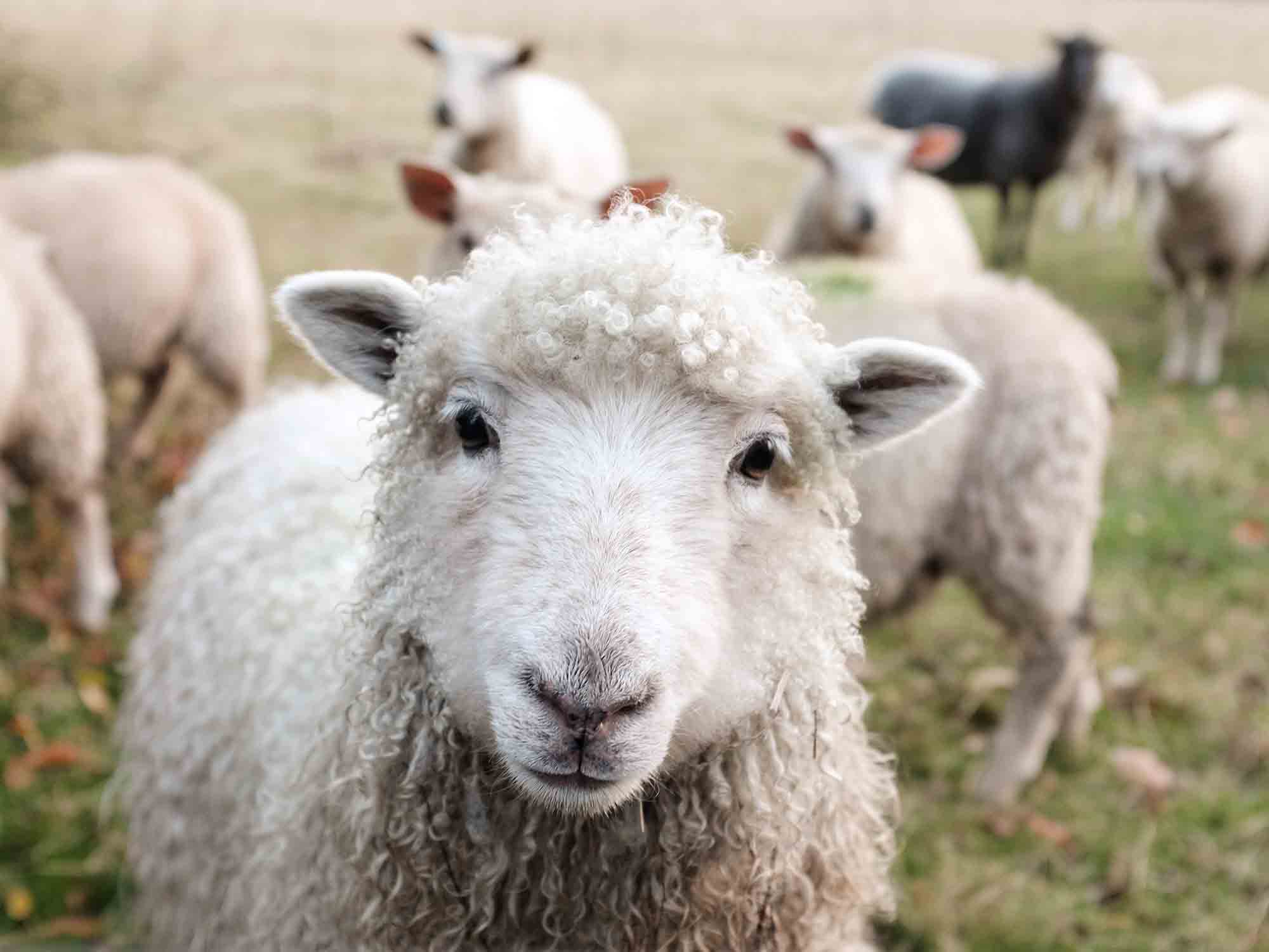
Fur + exotic animal skins
Animals including rabbits, minks, goats, foxes, crocodiles, alpacas, llamas, kangaroos, and even dogs and cats are coveted by the fashion industry. Their fur and skins are used to make various “luxurious” clothing items. Fur also includes angora fibre, which is sourced from the angora rabbit.
Though the ’90s saw fur become taboo for a short time due to PETA’s successful celebrity-endorsed campaign, it has recently seen a comeback on catwalks and red carpets. And while you’re more likely to come across faux fur than real fur in the average fast fashion store, some major brands such as Missguided have been found to have mislabelled garments made out of real fur as faux fur.
Animals Australia found that “85% of the fur industry’s skins come from animals raised in battery cages in fur farms, where animals are deprived of quality of life.” In fur farms, animals are often killed through beating, gassing, and electrocution. It is even common practice in China to skin animals alive. The World Society for the Protection of Animals revealed that up to 80% of fur is produced in China, which has no explicit animal welfare legislation and protection laws. Fur that is not made in fur farms is obtained either by trapping or killing wild animals. Though often considered a more “natural” and ‘humane’ method of acquiring fur, trapping is highly distressing and painful for animals.
What are some more ethical alternatives?
- Buy second hand or recycled fur. If you love the look and feel of fur but don’t want to support the horrors of the modern fur industry, there’s often a decent range of pre-loved fur coats at vintage boutiques and markets.
- Buy faux fur. But we recommend that you avoid fast fashion faux fur garments, as they are often made from non-renewable, petroleum-based products, including polyester and nylon. Look for faux fur alternatives crafted from recycled or other lower-impact materials, like upcycled denim.
Down
Down feather is prized by the fashion industry for its low carbon footprint and its ability to insulate against freezing temperatures. However, to gather down, feathers are collected from ducks, geese, and swans either while the birds are still alive or after they have been killed. Because farmers have to meet large demands, and because feathers grow back like fur or hair, most down is obtained by live-plucking. Live-plucking is a very painful process that sometimes causes the birds to accidentally break their limbs as they struggle to escape.
PETA estimate that a single farm can undertake close to 250,000 live pluckings a year. They also found that some suppliers certified by the Responsible Down Standard (RDS) are still sourcing live-plucked down. More concerning is that up to 80% of the world’s down is produced in China, a country which, again, currently has no animal welfare laws in place.
What are some ethical alternatives?
- Avoid live-plucked down. Some brands such as Patagonia (US) have vowed not to use live-plucked down, instead choosing to use only recycled or traceable down from birds that have not been force-fed or live-plucked.
- Buy down alternatives. Better brands such as Culthread (UK) and PANGAIA (UK) offer a range of cosy vegan jackets and coats made for the chilliest of climates.
Silk
Silk has been revered as a luxury for thousands of years. Silk is made up of the threads that form the cocoon of the mulberry silkworm (Bombyx mori). The threads are extracted by boiling the cocoon with the pupae still inside. This method can be controversial. While Good On You does not currently rate brands based on their use of silk, for those who believe all animals, large or small, should not suffer for our consumption, it is worth factoring into your purchasing decisions.
What are some more ethical alternatives?
- Look into silk alternatives. Two exciting up-and-coming fabrics are Citrus Fibre and Vegan Spider silk. For more commercially available options, things like recycled satin and bamboo lyocell work well to mimic the look and feel of silk minus the cruelty.
- Buy Ahimsa (Peace) silk. Aptly named, “peace silk” is made from a silkworm’s cocoon after it has undergone metamorphosis and left the cocoon as a moth. As the cocoon ruptures, the long, singular silk strand is broken up into smaller strands, which must be woven back together to create premium quality silk. However, there are even some ethical concerns with peace silk, and there is no regulatory guidelines or certification for its production.
- Buy from better brands. If you buy silk, choose brands dedicated to responsible practice, like The Ethical Silk Company (Ireland).
Animal cruelty in fashion is enabled when there is a demand for the product, so when shopping for a new item for your wardrobe, why not buy cruelty-free? The free Good On You app and directory are great tools for finding brands that share your values.
Want to know more about the issues Good On You rates brands on? Check out our articles on the impacts of fast fashion on the environment and garment workers, or head to our In The Know selection for more.
